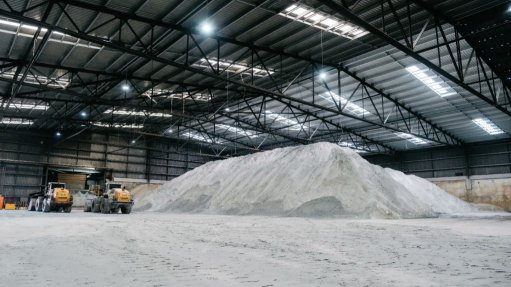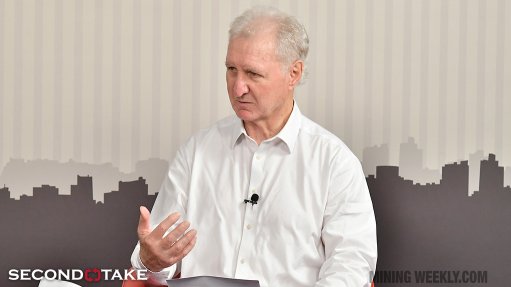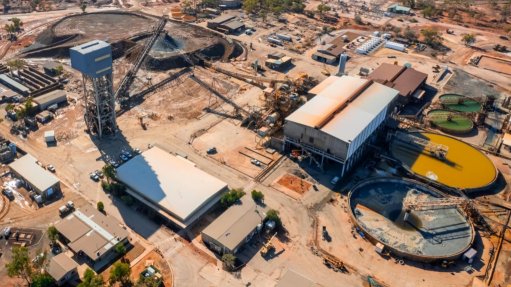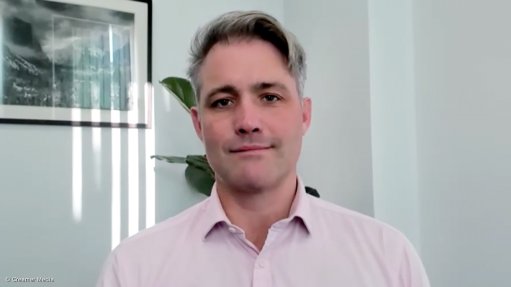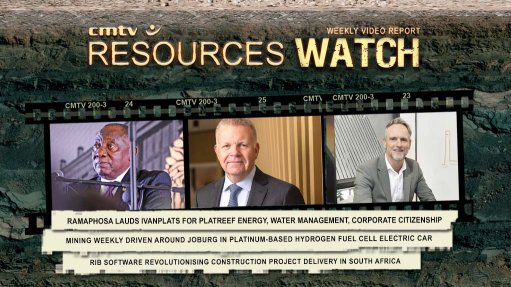Woodmac urges renewable energy target reform
PERTH (miningweekly.com) – Advisory firm Wood Mackenzie (Woodmac) has urged the Australian government to look at ambitious long-term renewable energy target (RET) policy to unlock future investments.
Woodmac this week noted that Australia could provide $40-billion of power generation investment opportunity this decade, with close to two-thirds of capital expenditure expected to flow into new-build renewables by 2030, with equal amounts going into wind and solar.
The remaining $14-billion will be invested in fossil fuels with gas accounting for over 90% of projects.
Woodmac noted that the share of renewables in the country’s National Electricity Market (NEM) power generation mix is expected to double to 41% by 2030, from its current share of 21%, a figure which has surpassed the RET.
The RET seeks 20% of power generation to come from large-scale renewables from 2020 through to 2030 and is designed to ensure that at least 33 000 gigawatt-hours (GWh) of Australia's electricity comes from renewable sources by 2020. This annual target will remain until the scheme ends in 2030.
“Australia does not have a federal long-term national power mix target like many other countries. The RET scheme, alongside government funding, have led to the renewables boom over the last few years. Hardware cost declines have continued to be a precursor for growth. But the grid has been pushed to its limit making future renewable cash flows difficult to ascertain and stifling growth,” Woodmac senior analyst Rishab Shrestha said.
“There is definitely room to achieve more renewables penetration with a more ambitious target for the RET scheme, but the potential needs to be unlocked through grid flexibility investments. A coordinated federal push would be effective.”
Shrestha said that Australia was at a pivotal juncture, and investment decisions in the next few years would play a key role in shaping the role of dispatchable generation which would be the need of the hour as coal retirement snowballs.
“Coal retirements will be challenging due to its important role in providing low-cost baseload power. Over 40%, or around 10 GW, of existing coal fleet in the NEM is expected to retire over the next two decades. But realistically, we think significant retirement of coal capacity will only start from the early 2030s.”
In the NEM power generation mix, coal accounted for 55% and gas accounted for 12% in 2020. By the end of the decade, Woodmac projects coal power to account for 47% of the generation mix, while gas makes up 10%. In contrast, the Australian Energy Market Operator (AEMO) expects gas to play a much more subdued role with just 1% share of the 2030 power generation mix.
“There are risks that AEMO’s recently released integrated system plan, which targets 1% gas by 2030, would remove critical balancing capacity from the grid system and make renewables integration more challenging,” Shrestha said.
Shrestha said that while renewables are already competitive against coal and gas, the competitiveness would widen as renewables come at a discount of close to 50% by 2030.
However, grid and profitability issues limit renewables development. Gas provides grid flexibility but is increasingly being threatened by other storage technologies.
“While storage is effective for managing intermittency on the scale of a few hours, it is still far from being able to provide the multi-day or even multi-month backup that gas units provide. In the event of a large plant or transmission line outage, a system relying heavily on renewables and storage looks fragile. More storage is needed, but it will not solve all the problems which are causing a slow-down in wind and solar investment in Australia,” he added.
Federal Minister for Energy and Emissions Reduction, Angus Taylor, recently revealed that Australia had set new renewable records in 2020.
The Clean Energy Regulator estimates that a record 7.0 GW of new renewable capacity was installed last year, which was 11% higher than the previous record set in 2019 and more than the entire renewable capacity installed under the previous government.
Over the last quarter of 2020, the share of renewables in the NEM exceeded 30%, another first, and in 2020, a record 53.6 terawatt hours (TWh) of electricity was generated from renewables (including rooftop solar) in the NEM. This is 16% higher than the previous record set in 2019.
Taylor said that Australia is projected to deploy an additional 24 GW of rooftop solar by 2030, tripling the nation’s small-scale solar generating capacity over the decade.
In 2019, Australia deployed new renewables capacity at least 10 times faster per person than the global average and four times faster per person than China, Europe or the US, and in 2020, the country invested A$7.7-billion, or A$299 per person, in renewable energy, placing Australia ahead of countries like Canada, Germany, Japan, Korea, New Zealand and the US on a per person basis.
Australia also has the highest solar capacity per person of any country in the world and the highest wind and solar capacity of any country outside of Europe.
Article Enquiry
Email Article
Save Article
Feedback
To advertise email advertising@creamermedia.co.za or click here
Announcements
What's On
Subscribe to improve your user experience...
Option 1 (equivalent of R125 a month):
Receive a weekly copy of Creamer Media's Engineering News & Mining Weekly magazine
(print copy for those in South Africa and e-magazine for those outside of South Africa)
Receive daily email newsletters
Access to full search results
Access archive of magazine back copies
Access to Projects in Progress
Access to ONE Research Report of your choice in PDF format
Option 2 (equivalent of R375 a month):
All benefits from Option 1
PLUS
Access to Creamer Media's Research Channel Africa for ALL Research Reports, in PDF format, on various industrial and mining sectors
including Electricity; Water; Energy Transition; Hydrogen; Roads, Rail and Ports; Coal; Gold; Platinum; Battery Metals; etc.
Already a subscriber?
Forgotten your password?
Receive weekly copy of Creamer Media's Engineering News & Mining Weekly magazine (print copy for those in South Africa and e-magazine for those outside of South Africa)
➕
Recieve daily email newsletters
➕
Access to full search results
➕
Access archive of magazine back copies
➕
Access to Projects in Progress
➕
Access to ONE Research Report of your choice in PDF format
RESEARCH CHANNEL AFRICA
R4500 (equivalent of R375 a month)
SUBSCRIBEAll benefits from Option 1
➕
Access to Creamer Media's Research Channel Africa for ALL Research Reports on various industrial and mining sectors, in PDF format, including on:
Electricity
➕
Water
➕
Energy Transition
➕
Hydrogen
➕
Roads, Rail and Ports
➕
Coal
➕
Gold
➕
Platinum
➕
Battery Metals
➕
etc.
Receive all benefits from Option 1 or Option 2 delivered to numerous people at your company
➕
Multiple User names and Passwords for simultaneous log-ins
➕
Intranet integration access to all in your organisation






